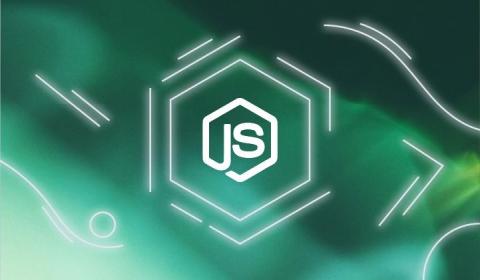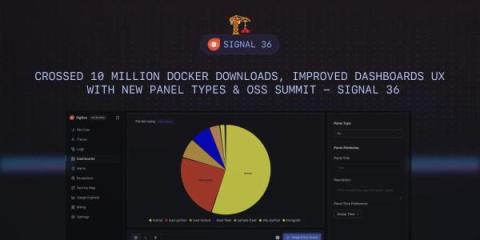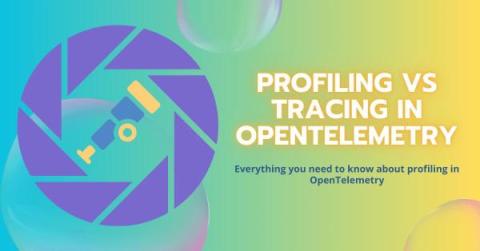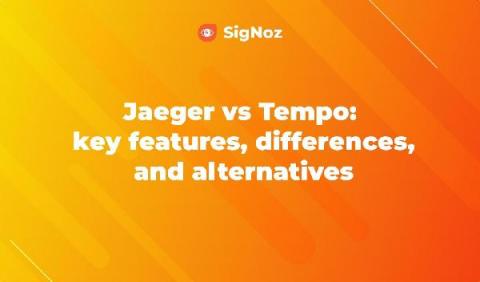Introducing Elastic's OpenTelemetry Distribution for Node.js
We are delighted to announce the alpha release of the Elastic OpenTelemetry Distribution for Node.js. This distribution is a light wrapper around the OpenTelemetry Node.js SDK that makes it easier to get started using OpenTelemetry to observe your Node.js applications.











